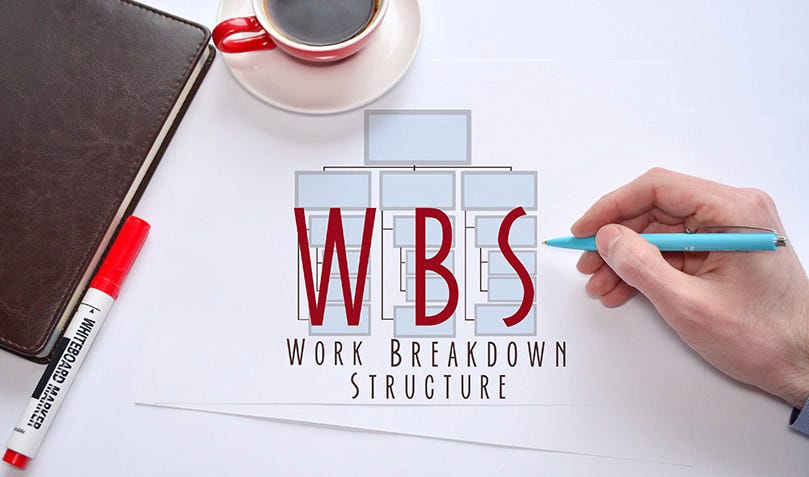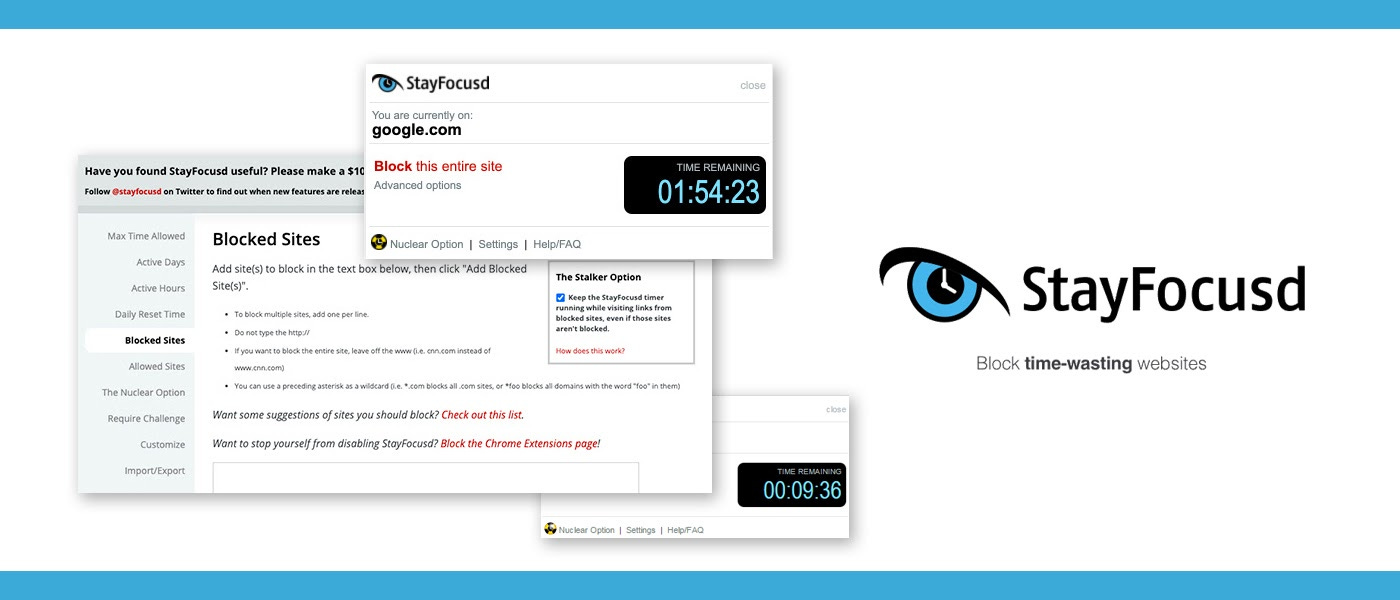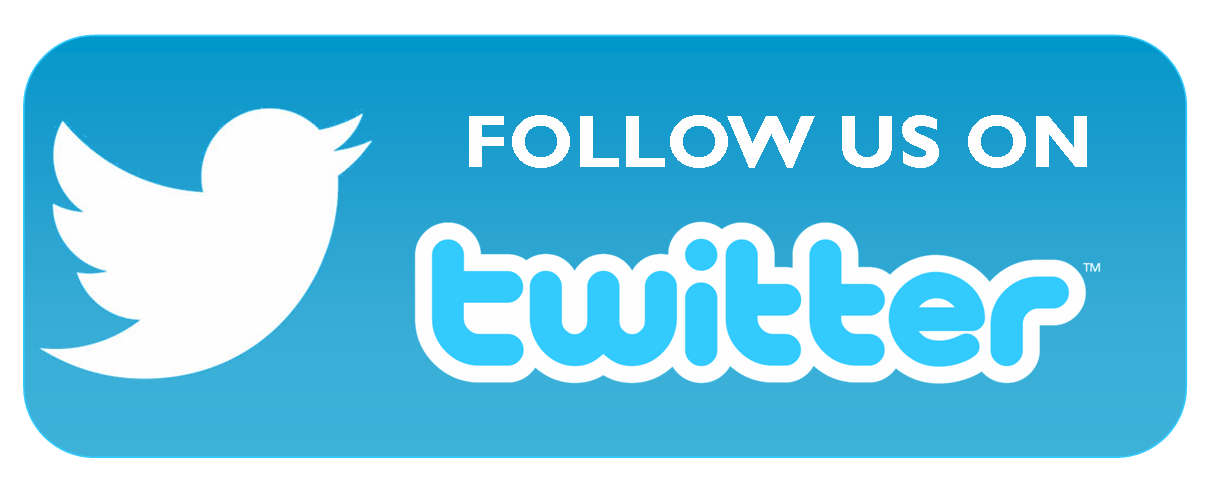To-do lists are useless. Here's why.
Plus, the best distraction blocker for your browser.
Welcome to another edition of ProductiveGrowth 🌱, weekly stories about productivity, leadership, motivation, and anything else that helps us and our teams grow and be more productive. Plus, industry news on the companies, products, and services that allow us to work less and do more.
First time reading? Sign up here.
TODAY’S READS:
Why I think to-do lists are a waste of time.
What Do You Want to Do With Your Life?
5 Simple Tricks to Remember Everything You Learn.
The Surprising Science of Goal Setting (And Why You're Probably Doing It Wrong).
Hal Elrod and the Importance of a Morning Routine.
Why I think to-do lists are a waste of time.
Have you ever tried to write an email – or even a text– without thinking about what you wanted to say? How about trying to arrange a meeting without consulting your (and others') calendar? Absurd, isn't it? We don't think about it much, but planning is an absolutely essential part of every job.
In fact, I dare to say planning is one of the things I do best.
I’m the kind of person who builds a spreadsheet for everything. I can spend hours trying to automate and color code the cells. I also love to make extremely detailed lists to plan out a project, and I like to make calendars with assigned daily tasks.
But I don’t do this every week. Not because I don’t think planning is important for my productivity, but because I don’t think such detailed planning is absolutely necessary.
That’s because there is a difference between planning and making a to-do list.
According to the Byju’s — India’s largest ed-tech company — Commerce program, “Planning bridges the gap between where we are (present) and where we want to go (future).”
In other words, planning is anticipating and modifying the future and actively preparing for when it comes.
This practice is commonly valued in companies and human relationships, as it should be. But are you getting the most out of planning? Or are you just making a daily to-do list?
Benefits and limitations of creating a to-do list.
As everything in life, to-do lists have a wide range of pros and cons. You may not agree with them all, but for me, the most beneficial uses of to-do lists are:
To prepare and organize pending tasks to meet deadlines
To reduce the anxiety and stress of not knowing what to do
To have a sense of accomplishment
To reduce time lost while procrastinating
To more easily delegate tasks.
Those are all great and well-known, but list making can also have some limitations. The ones I consider most significant are:
They don’t take the big picture into account
Can elevate your anxiety and stress levels
The tasks listed usually lack elaboration
Restricts creativity
Doesn’t help improve memory
To-do lists are one way of planning, and many people prefer them because they’re easy and malleable. Meanwhile, other forms of planning, or excessive planning, seem to be too restrictive.
But I don’t agree. Problems with planning likely reveal inexperience or bad habits rather than some inherent flaw in planning itself.
Because planning also means understanding your pending tasks or projects and being highly in touch with yourself and the context you’re working with.
For example, if you’re working from home and your children interrupt you, that shouldn’t be an excuse for your plan to fail. Your children, in this case, are part of your context, and you should be able to include those interruptions as part of your plan. Sure, there’s no possible way to time the interruptions perfectly, but you need to take those kinds of things into account.
Another example: I’m the kind of person who gets sleepy after having lunch. I know this about myself, so setting a task which will require a lot of thinking at that time is not the best way to go. Doing so will lead me to fail.
What happens to your brain when you plan?
I’ve discovered that I have something I will call “the planner’s brain.” As time management coach Elizabeth Grace Saunders explains to the Harvard Business Review,
“Just as we tend to recognize that skills like creativity, analysis, or writing can come much easier to some than to others, ease with planning is something that we’re either born with or we’re not.”
I was discussing this with my sister. She’s a psychologist, and she was not fond of Saunders’s explanation.
She says the frontal lobe is in charge of all executive functions. According to a 2008 study, these are “complex cognitive processes necessary for planning, organizing, guiding, revising, regulating, and evaluating behavior necessary to adapt effectively to the environment and to achieve goals.”
Therefore, unless there’s any chemical imbalance or genetic disability affecting this part of the brain, everyone is born with the ability to plan.
Instead, my sister says, there are two other factors that may cause aversion to or lack of planning:
Training/Practice/Routine: even though the brain is not a muscle: you can still train it and learn anything with enough practice. Planning is no different.
She shared this example. “Before I started working I planned in a different way than I do now. I made a to-do list and that was it. Now, the company I work for values planning and requires me to make Critical Path Scheduling (CPS), Gantt diagrams, and all. My brain has gotten used to it. Even if I don’t write the CPS down, I can now know exactly what I’m supposed to do in order to complete a project.”
“If I didn’t have this experience,” she continued “I’d probably just keep doing incomplete to-do’s and would miss many tasks.”
Emotions: this is the second component. The way we feel about an activity we need to do plays a huge role in learning. For example, if I hate playing piano, but I have regular lessons, I’ll probably end up learning. But it will surely take me more time than someone whose dream is to learn how to play.
Most of us are born with the ability to strengthen those executive functions. We just need to find out how to plan in a way that works for each of us according to the context we’re in and how we feel about it.
On the other hand, if you like to plan, it’s probably easier for you to do it in your mind without even needing to write it down than for someone who has a “go with the flow” mindset.
My planner’s brain is probably different from others’. Mine plans out of memory. And while I don’t think writing your day down on a paper to-do list is necessary to be productive, that doesn’t mean I don’t plan every day.
Some alternative planning techniques:
My take is that productivity is a highly personal practice. Even though there are proven techniques, in the end, it’s all poetry. We choose the one technique that sounds best to us. Here are some techniques that might resonate with you:
Work breakdown structure (WBS): Create a visual map of all your pending tasks. It works by dissecting a project or a task into smaller parts. This way, you can make sure you do not forget anything.
Gantt diagrams are charts that allow you to add detailed tasks for project completion with visual dates and weeks to work on them. It's similar to a bar graph with dates.
Kanban is a commonly known and used technique; most project management apps use a Kanban board as a default view. This technique consists of adding tasks on Post-Its and making a board that discloses each task's status (i.e., pending, in progress, completed). It's a visual way to organize and plan your work.
As I’ve said, planning is not an option; it’s absolutely necessary. However, making a less than thoroughly thought-out to-do list is equally counterproductive.
What’s your planning process? Do you use any of the above-mentioned techniques to plan long-term? Or do you go with the flow?
Let me know in the comments.
Best,
Camila.
Edited by: Lauren Maslen.
EDITOR’S PICKS
What Do You Want to Do With Your Life? - It's easier to know what we don't want to be than what we do want to be in life. In this article, Scott H.Young takes us on a seven-step journey to evolving our passion and making it work.
5 Simple Tricks to Remember Everything You Learn.- We exercise our memory every single day when remembering a password, a phone number, or where we left the car keys. Following these five steps written by Erin Brodwin will help you improve your memory.
The Surprising Science of Goal Setting (And Why You're Probably Doing It Wrong) - Mark Manson is a best-selling author (who I genuinely enjoy reading). In this article, he explains why you've probably been setting goals the wrong way and how balancing difficult goals with easier ones can help you achieve them.
Hal Elrod and the Importance of a Morning Routine - Author Hal Elrod had three near-death experiences before writing his book "The Miracle Morning." In this article, writer Robert Glazer shares the six key elements described in Elrod’s book and explains why no morning routine should be without them
DISCOVER
If you’re working and get constantly distracted by social media or your favorite website, keep reading. Stayfocusd is a free Chrome extension that allows you to block sites during the times and dates you wish to be more productive. It will enable you to remain focused on work whenever you need to. It's a great way to avoid procrastination. Read the full review here.
SCROLLING THROUGH
Visualize Value is one of my favorite Twitter accounts. Following Mark Manson’s article about goal setting in the editorial picks, this tweet illustrates what he means. Goals alone could be useless without systems supporting them.
Do you have your goal-supporting systems in place?
IN CASE YOU MISSED IT
Why I’m a sucker for pen and paper- This issue explains how writing with pen and paper can help the brain remember more and why productivity apps don’t resonate with everyone.
The 7 Emails You Should Send Every Week to Get Ahead in Your Career- In this article, Michael Thompson lists seven emails you should send to make the most out of your work and your networks. My favorite is writing an email to a former coworker.
Struggling to talk to your boss? 5 steps to avoid destroying your career. - Not everyone has a good relationship with their manager, and sharing anything out of the ordinary could seem like a huge struggle. Read 5 tips that will help you navigate a tough conversation.
JOIN OUR CLUBHOUSE OFFICE HOURS
On Tuesday, April 20th at 7:30 am PST/9:30 CT/10:30 EST, hop into our ClubHouse room to discuss the topics shared in this issue.
Find us here: https://www.joinclubhouse.com/club/productivity-business
WORLD EXPLORER
I’ve never met anyone who doesn’t dream of visiting the islands of French Polynesia. Tahiti, Moorea and Bora Bora, are the most popular out of the 118 islands.
The white sand, beautiful palm trees and all blue beaches are these islands’ main attractions.
The good news is that Tahiti will reopen the border for tourism again on May, 1st. Read all the requirements and travel restrictions here.
FOOD CURIOSITIES & ADVENTURES
“The Unlikely Rise of the French Tacos“ — “French tacos are tacos like chicken fingers are fingers. Which is to say, they are not tacos at all.” I was hooked by Lauren Collins’s recent piece in the New Yorker describing the origin story of this underdog snack. A grilled rectangular tortilla “packet,” filled with halal meat and fries, slathered in cheese & condiments. This article is a journey into the folklore of the French Taco and its multicultural history.
P.S: Couldn’t help to throw this in.
What did you think of this issue? 🤔
Amazing 🙌 • Good 👏 •Meh 👌 •Bad 😴
See you next issue,
Steve 👋
SUPPORT, CONTRIBUTE or SPONSOR
If you liked this issue buy us a coffee to support our work.
Ask a question, Write a guest post, share your story, or recommend an article: reply to this email or submit it here
Sponsor a post or social media by getting your media kit: here
If you’re finding this newsletter valuable, consider sharing 📨 it with friends, or subscribing if you haven’t already.












